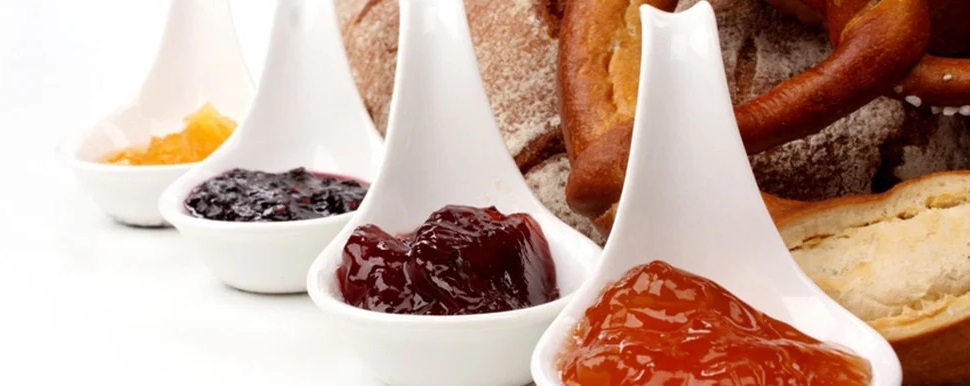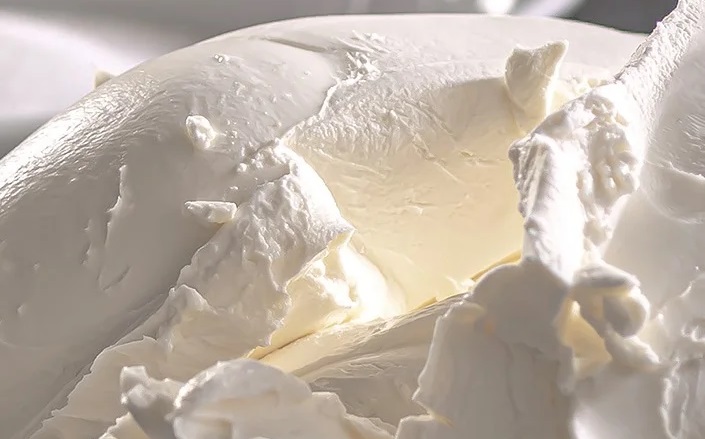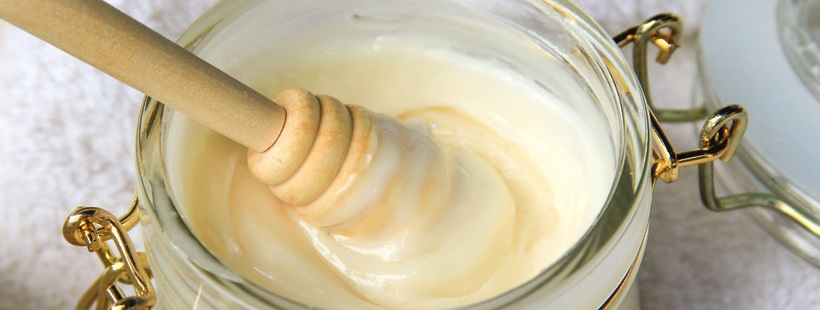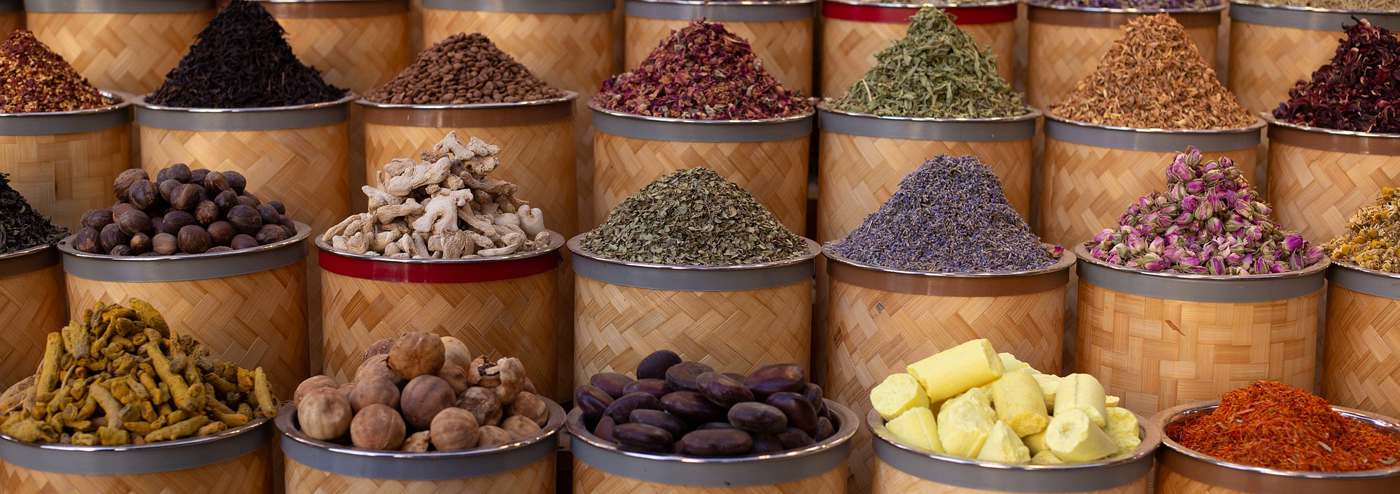Thermostable fillings play a vital role in the confectionery industry, contributing to the expansion of product offerings as well as elevating the product quality standards. Their resistance to high temperatures, being the defining characteristic, is achieved through the exclusive use of premium natural ingredients.
These ingredients, with berries and fruits serving as the primary components, are mixed with additives like pectin and succinic acid. Fillings made from these natural ingredients are recognized for their positive impact on the body, enhancing the efficiency of detoxification.
These ingredients, with berries and fruits as primary components, are mixed with additives such as pectin and succinic acid. Fillings made from these natural ingredients are known for their positive effects on the body, enhancing detoxification efficiency.
Key Characteristics of Thermostable Fillings
Thermostable fillings find a diverse range of applications in baking, including cookies, muffins, buns, gingerbread cookies, pies, cakes, donuts and other flour-based products. Unlike ordinary fillings, such as classic jam, thermostable varieties maintain their structure at high temperatures, preserving their flavor characteristics. They enhance baked goods, adding a variety of flavors and textures, while ordinary fillings are prone to absorption, burning, and leakage.
Products differ not only in their thermal stability but also in the available variety.
Fillings mostly vary in:
- Primary ingredient used for the fillings
- Consistency: homogeneous or with fruit/berry pieces
- Percentage of dry matter
- Shelf life
Thermostable fillings, considered semi-finished products, are created in specialized production conditions using precise recipes and modern equipment. Homemade production, even with similar ingredients, cannot replicate the same effect. These fillings are sold ready-made, prepared for immediate incorporation into the dough upon opening the package.
Main Types of Fillers
Depending on their resistance to high temperatures, known as the degree of melting, fillings are classified into three types: thermostable, conditionally thermostable, and non-thermostable.
- Thermostable Fillings: Withstand temperatures above 200 ┬░C without structural changes or loss of beneficial properties.
- Conditionally Thermostable Fillings: Have a lower melting point, not exceeding 200 ┬░C. Surface melting occurs at the maximum temperature, resulting in a glossy tint.
- Non-thermostable Fillings: Lose their properties after heating up to +115 ┬░C, so they are usually added to pre-cooked and cooled products.
Advantages of Thermostable Fillings
Thermostable fillings are versatile and suitable for both automated production lines as well as manual confectionery production, making them popular among entrepreneurs and home-based sweets enthusiasts.
Production of Thermostable Fillings
The complex production process of thermostable fillings only occurs in industrial conditions, which meet the high demands of various confectioneries. Professional equipment, including vacuum cooking systems and homogenizing modules are necessary to achieve the required quality and product characteristics.
Optimal conditions during the preparation of fillings are ensured through the use of sealed devices and technological hatches on each container. Vacuum working containers create lower temperature conditions, preserving valuable substances and extending the shelf life of finished fillings by degassing them to remove the remaining air inclusions. Pectin is added to achieve the desired consistency, mixed together with the base and a sugar syrup especially prepared in a powerful mixer at a specific temperature, resulting in a ready semi-finished product with a long shelf life.
Any activity related to the creation of delicious fillings involves the meticulous development of recipes and the preparation of a technological map. The decision of choosing the suitable equipment depends on the preferences of your food technologist, as well as the technological requirements for the production of your pastry fillings: from separate batch cooking systems for heating or cooling to universal models with a combined system. Specialized mixers also facilitate pasteurization prior to filling, guaranteeing optimal product quality.

















